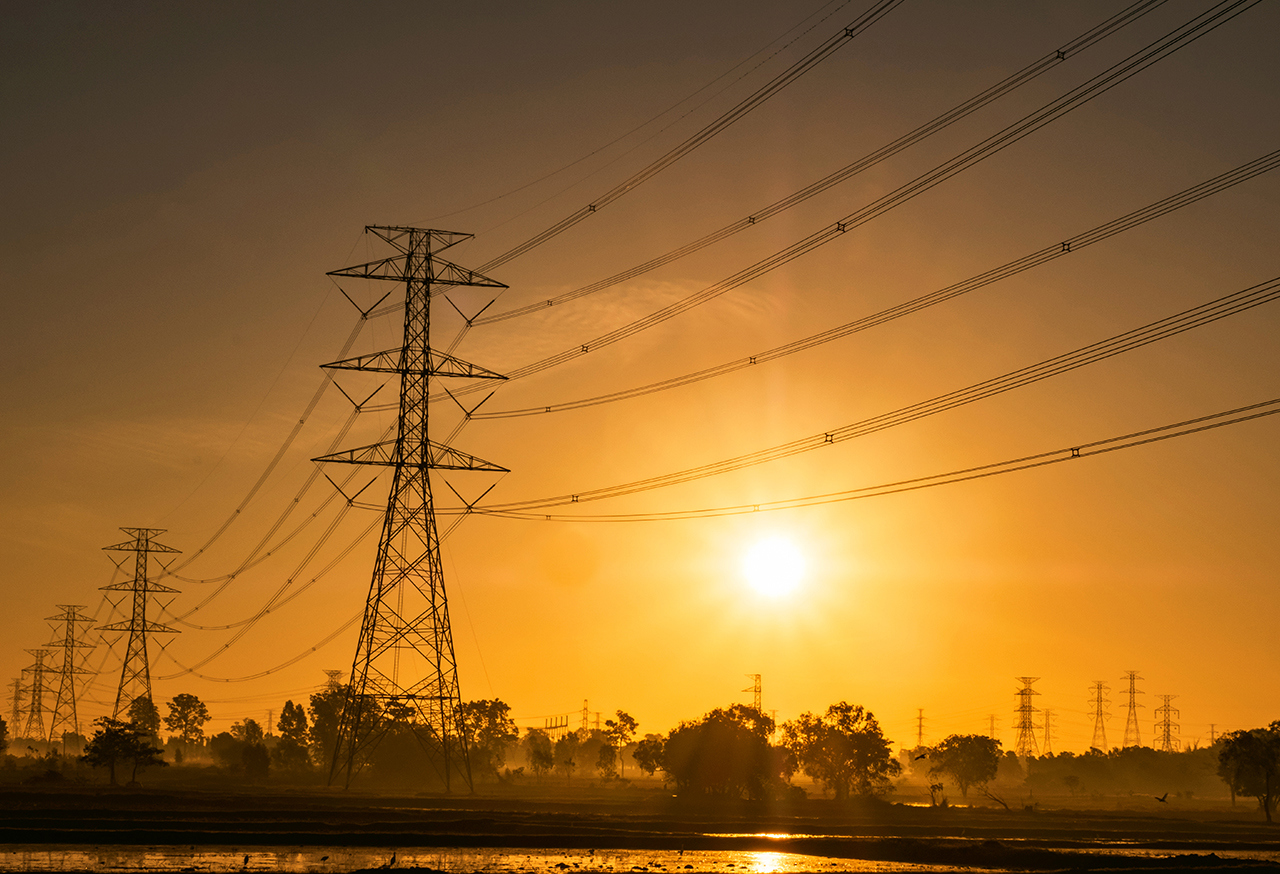Insights
Find all the news and information you need about the energy transition in one place. Read, watch and listen to the latest information from our new energy thought leaders here.
Sign up to receive our latest insights
Subscribe to LCP Delta emailsExplore more energy transition insights

Spark™
Your gateway to the energy transition
Spark smarter decisions by fusing LCP Delta's deep research, data analytics, and powerful forecasting.
Get in touch
If you would like to know more about our services and how we can help you with energy transition.





